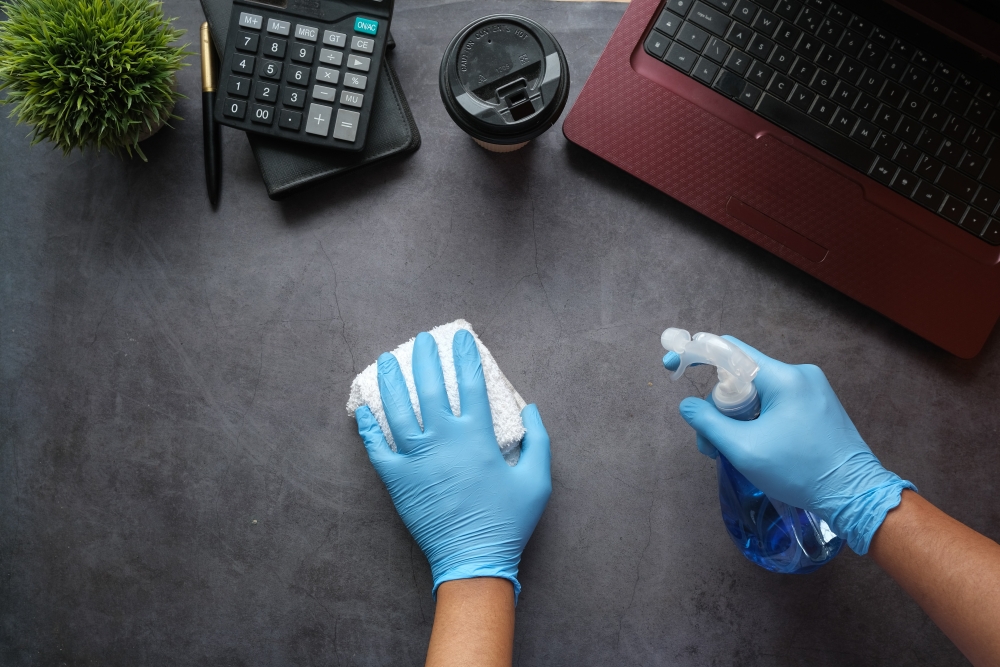Creating a home that promotes health and wellbeing involves more than just aesthetics and comfort; it also means minimizing allergens that can trigger discomfort and health issues. Allergies affect millions worldwide, and your home environment plays a crucial role in managing and reducing allergy symptoms.
Whether you suffer from seasonal allergies, pet dander sensitivity, or dust mite reactions, implementing effective strategies to allergy-proof your home can significantly improve your quality of life. Here are some practical tips to create a healthier living space free from allergens.
1. Maintain Clean Indoor Air
Indoor air quality is paramount for allergy sufferers. Start by ensuring proper ventilation throughout your home. Use exhaust fans in bathrooms and kitchens to remove excess humidity and potential mold growth. Consider investing in an air purifier with a HEPA filter to trap airborne allergens such as pollen, pet dander, and dust particles. Regularly clean or replace filters according to manufacturer’s recommendations to maintain efficiency.
2. Minimize Dust Accumulation
Dust is a common allergen that can exacerbate symptoms such as sneezing, coughing, and congestion. Take proactive steps to reduce dust buildup by:
- Dusting surfaces with a damp cloth or microfiber cloth to capture dust rather than dispersing it into the air.
- Vacuuming carpets, rugs, and upholstery weekly using a vacuum cleaner equipped with a HEPA filter.
- Washing bedding, including pillows and mattress covers, in hot water (at least 130°F) weekly to eliminate dust mites.
- Choosing washable curtains and blinds over heavy fabric curtains that can trap dust.
3. Create a Pet-Friendly Zone
If you have pets, designate specific areas of your home where pets are allowed, and keep these areas well-maintained. Regularly groom and bathe pets to minimize shedding and dander. Wash pet bedding frequently and vacuum pet-friendly areas daily to reduce allergen buildup.
4. Control Humidity Levels
High humidity levels can promote mold growth and attract dust mites, both of which are common allergens. Use a dehumidifier in damp areas such as basements and bathrooms to maintain humidity levels between 30% and 50%. Repair any leaks promptly to prevent moisture buildup and mold growth.
5. Choose Allergy-Friendly Furnishings
Opt for furnishings that are easy to clean and less likely to harbor allergens. Consider replacing carpeting with hardwood, tile, or linoleum flooring, which are easier to keep dust-free. If carpeting is preferred, choose low-pile options and vacuum frequently. Select allergen-resistant bedding and mattress covers to create a barrier against dust mites.
6. Regularly Maintain HVAC Systems
Heating, ventilation, and air conditioning (HVAC) systems have the potential to distribute allergens throughout your home if they are not maintained properly. It is crucial to schedule regular inspections and maintenance of your HVAC systems, including the ductwork, to promote efficient operation and minimize allergen accumulation.
Additionally, changing HVAC filters according to the manufacturer’s recommendations is essential to prevent the recirculation of allergens indoors. If you’re in Herriman, UT, professional HVAC service providers can help ensure your systems are well-maintained and operating at their best, enhancing indoor air quality and reducing allergy triggers effectively.
7. Implement a Shoe-Free Policy
Encourage family members and guests to remove shoes before entering your home to prevent tracking pollen, dirt, and other outdoor allergens indoors. Place a doormat at each entrance and consider providing indoor slippers or socks for added comfort and cleanliness.
8. Enhance Outdoor Air Quality
While you can’t control outdoor allergens entirely, you can minimize their impact indoors by keeping windows and doors closed during high pollen seasons. Use an air purifier with a pollen-specific filter to capture outdoor allergens before they enter your home. Rinse off outdoor clothing and shoes before bringing them indoors to reduce allergen transfer.
9. Manage Household Clutter
Clutter provides additional surfaces for dust to accumulate and makes cleaning more challenging. Keep surfaces clear of unnecessary items and organize belongings in storage bins or containers that can be easily cleaned or washed. Regularly declutter living spaces to maintain a healthier environment.
10. Consult with an Allergist
If allergies persist despite your efforts to allergy-proof your home, consider consulting with an allergist for personalized advice and treatment options. Allergy testing can identify specific triggers, and allergists can recommend medications or immunotherapy to manage symptoms effectively.
Conclusion
Creating an allergy-proof home involves a combination of preventive measures and regular maintenance to minimize allergen exposure. By implementing these tips, you can create a healthier living space that promotes wellbeing and reduces allergy symptoms for you and your family. Take proactive steps today to transform your home into a sanctuary free from allergens and conducive to a healthier lifestyle.
Keep an eye for more news & updates on Spicyrranny.org
